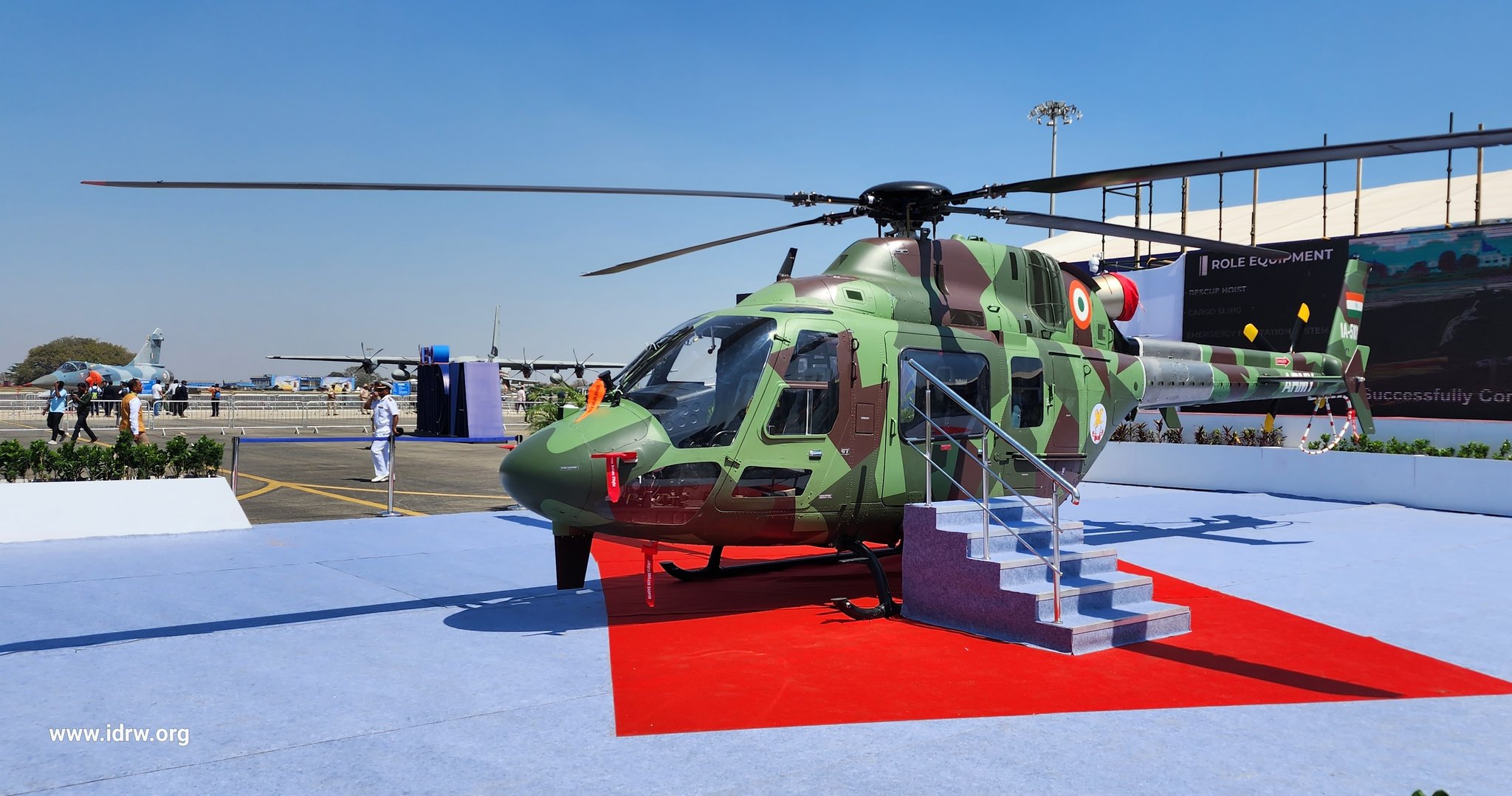SOURCE: AFI

Hindustan Aeronautics Limited (HAL), India’s state-owned aerospace giant, is forging ahead with plans to bring its Light Utility Helicopter (LUH) to the civil aviation market. The company has initiated the type certification process for the civil variant of the LUH with India’s Directorate General of Civil Aviation (DGCA). According to HAL’s Chairman and Managing Director, D.K. Sunil, flight testing for this version is slated to commence in mid-2026, marking a significant step in expanding the helicopter’s reach beyond its military origins.
The LUH, originally developed to meet the Indian armed forces’ requirements for a versatile light helicopter, is now poised to take on established competitors in the civil sector—most notably the Airbus H125, which will soon be produced locally through a joint venture between the Tata Group and Airbus Helicopters in Bangalore. This emerging rivalry pits HAL’s homegrown innovation against a globally renowned platform, setting the stage for a competitive showdown in India’s nascent civilian helicopter market.
Designed with agility and adaptability in mind, the civil LUH brings distinct advantages to the table. It boasts a higher maximum takeoff weight and payload capacity compared to the H125, offering the ability to carry two pilots and six passengers. While the H125, a seven-seat design, edges out the LUH in speed—clocking a maximum of 136 knots (252 km/h) against the LUH’s 127 knots (235 km/h)—HAL’s offering counters with greater load-carrying capacity, making it a compelling option for missions requiring heavier equipment or additional passengers. This balance of performance metrics positions the LUH as a viable alternative for applications like emergency medical services, corporate transport, and regional connectivity.
The timing of HAL’s civil LUH push is noteworthy. With Tata and Airbus set to deliver their first locally assembled H125 by the end of 2026, the mid-2026 flight testing timeline for the LUH ensures that HAL remains in lockstep with its competitors. The H125’s established global reputation and its upcoming “Made in India” branding give it a head start, but HAL is banking on the LUH’s indigenous design and tailored capabilities to carve out a niche. “We’re not afraid of competition,” an HAL official confidently stated, reflecting the company’s belief in the LUH’s potential to stand toe-to-toe with international players.
Securing DGCA certification is a critical milestone for HAL, as it will enable the LUH to tap into India’s growing civil aviation market, which remains vastly underserved with fewer than 250 civilian helicopters currently operational. The LUH’s military variant has already demonstrated its mettle, earning Initial Operational Clearance (IOC) for the Indian Army and Air Force, where it excels in high-altitude operations—a capability honed during trials in the Himalayas. Adapting this rugged reliability for civilian use could give HAL an edge in India’s diverse terrain, from urban hubs to remote regions.
The civil LUH also benefits from HAL’s decades of experience in helicopter manufacturing, including the Dhruv Advanced Light Helicopter (ALH), which has seen both military and civilian variants. Powered by the Shakti engine (a joint development with Safran), the LUH inherits a proven propulsion system, enhancing its reliability and maintenance prospects. HAL’s extensive domestic supply chain and service network further bolster its case, offering a fully indigenous alternative to the partially localized H125.
NOTE: AFI is a proud outsourced content creator partner of IDRW.ORG. All content created by AFI is the sole property of AFI and is protected by copyright. AFI takes copyright infringement seriously and will pursue all legal options available to protect its content.